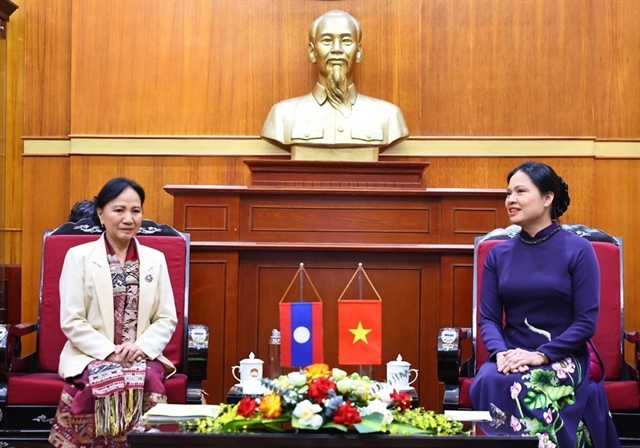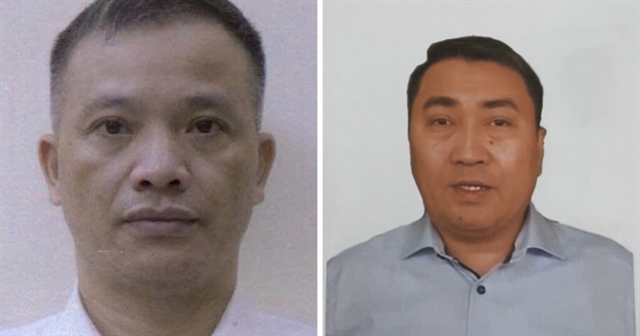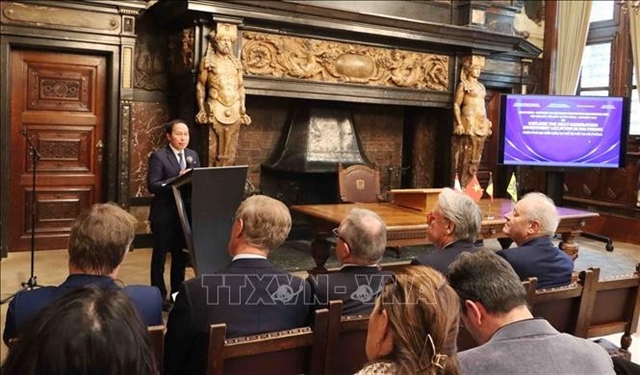 Politics & Law
Politics & Law

In late 2019 and early 2020, China announced its 'Four-Sha' sovereignty claims over the East Sea in two diplomatic notes sent to the UN Secretary-General, aiming to replace the so-called 'nine-dash line' that had been previously rejected by the Permanent Court of Arbitration (PCA).

|
*Vũ Thanh Ca
In late 2019 and early 2020, China announced its 'Four-Sha' sovereignty claims over the East Sea in two diplomatic notes sent to the UN Secretary-General, aiming to replace the so-called 'nine-dash line' that had been previously rejected by the Permanent Court of Arbitration (PCA).
It claimed in the notes that it holds “undeniable sovereignty” over the Dongsha (Pratas Islands), Xisha (Viet Nam’s Hoang Sa (Paracel) Archipelago), Nansha (Viet Nam’s Truong Sa (Spratly) Archipelago), and Zhongsha (Macclesfield Bank) Archipelagos.
China said those are archipelagos so it can use the straight baselines to define baselines and waters, adding that these groups of islands have archipelagic waters, territorial waters, 200-nautical-mile exclusive economic zones, and continental shelves calculated from the straight baselines.
Contrary to UNCLOS
Let us consider China's claim based on the provisions of international law, especially the 1982 United Nations Convention on the Law of the Sea (UNCLOS).
UNCLOS specifies that only "archipelagic states", made up entirely of one or more archipelagos, can use straight baselines to connect the outer points of the outermost islands and coral reefs of an archipelago with some outstanding conditions as follows:
1. An archipelagic state may draw straight archipelagic baselines joining the outermost points of the outermost islands and drying reefs of the archipelago provided that within such baselines are included the main islands and an area in which the ratio of the area of the water to the area of the land, including atolls, is between 1 to 1 and 9 to 1.
2. The length of such baselines shall not exceed 100 nautical miles, except that up to 3 per cent of the total number of baselines enclosing any archipelago may exceed that length, up to a maximum length of 125 nautical miles.
In addition, UNCLOS states that: "Rocks which cannot sustain human habitation or economic life of their own shall have no exclusive economic zone or continental shelf.”
We can take a look at the legal regime of the islands cited by China to clearly see the errors in China's claim.
Clearly, China is not an archipelagic state "made up entirely of one or more archipelagoes", so the baseline straightening the archipelago to connect the islands outside the 'Four Shas' is completely contrary to the provisions of UNCLOS.
First, consider Zhong Sha (Macclesfield Bank), a reef with a depth of at least 9.2m. Per UNCLOS, it is not a subject for territorial claims. According to Chatham Academy scholar and journalist Bill Hayton, because there was absolutely no knowledge of the reefs in the South China Sea, in the past, when translating the names of a series of reefs from English into Chinese, the words "bank" or "shoal" were mistakenly translated into island or sandbank. It was this mistake that led China to name Macclesfield Bank as the 'Nansha Archipelago,' and then had its name changed to 'Zhongsha Archipelago' in 1947.
China recently included several shoals, such as Scarborough Shoal and St. Esprit Shoal, into the so-called Zhongsha, he said, stressing that the expansion is not persuasive as these shoals are located quite far from the Macclesfield Bank.
The 2016 PCA ruling clarified UNCLOS’s “fit for living” concept and stated islands in the Spratly Archipelago are only rock islands, meaning they have no exclusive economic zones or continental shelves.
Similarly, the Paracel and the Pratas Islands are rock islands without exclusive economic zones or continental shelves.
Attempt to rewrite UNCLOS
By making the 'Four Sha' claims (Dongsha, Xisha, Nansha, and Zhongsha), China attempted to take advantage of UNCLOS’s terms to rewrite the convention.
Comparing the court's arguments against the islands in the Paracel Islands (under Vietnamese sovereignty), it can be seen these islands with their natural conditions have never before had a stable population community considering it as home; meanwhile, economic activities are purely natural resources exploitation activities; the ratio of land area and water in the archipelago area is much smaller than the ratio of 1:9. Therefore, the islands of the Paracel Islands are only rocky islands and cannot use straight baselines to connect the islands on this archipelago to form archipelagic waters.
The last 'Sha' in the 'Four Shas' - Pratas Islands - is currently controlled by Taiwan (China), and is actually a collection of coral reefs that only protrude from the water surface during ebb tide, except for one coral rock. As such, this cannot be considered an archipelago but only a rock, without an exclusive economic zone or continental shelf.
By using this tactic, China attempted to rewrite UNCLOS. Combined with using its military power to harass and its economic power to bribe countries both inside and outside of the East Sea, China wishes to turn its illogical arguments into reality to monopolise the waters.
Such claims were rejected by Việt Nam in its own diplomatic note sent to the UN Secretary-General, in which it affirmed its sovereignty, sovereign rights and jurisdiction, and other legitimate rights in the East Sea. Việt Nam also asserted UNCLOS is the only legal basis with comprehensive and thorough regulations on the territorial rights of waters between Việt Nam and China.--VNS
* Vũ Thanh Ca is the former Director of the Vietnam Institute for Sea and Island Research.




